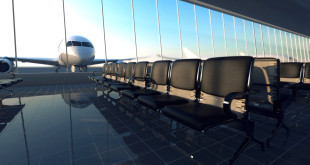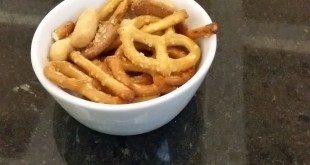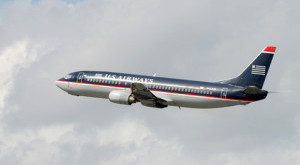 I wrote a post about how there was confusion over US Airway’s flight times and what it means for food service in first class. Â I reached out to US Airways and they were really helpful in clearing this up.
I wrote a post about how there was confusion over US Airway’s flight times and what it means for food service in first class. Â I reached out to US Airways and they were really helpful in clearing this up.
The flight times they list are estimates based the general flight times of routes going a specific distance. Â This makes sense because it didn’t make sense to receive a nicer snack on a short DCA-Philly flight even though its flight time is listed as 1 hour and 30 minutes. Â The DCA-PHL flight times are heavily padded due to frequent delays.
The reason they probably do it this way (me speaking, not US Airways) is that the average traveler has no idea how long their flight is in distance terms but can easily find the time-length of their flight. Â Granted, other airlines, like United, list the distance of their flights too (awesome for mileage runs) but US Airways currently does not. Â This gives passengers a good estimate of what type of food service they will receive.
What is the real measure?
Very short flights: Snack or a nut mix.
Flights <700 nautical miles with enough time for real in-flight service (about 1 – 2 hours): Try our new upgraded snack basket with tastier specialty snacks.
700-999 nautical miles (about 2 – 2:45 hours and flights after 8 PM): Choose from our new morning and afternoon Lite Bites snack basket.
1,000 nautical miles and greater (about 2:45 or longer): Actual meals in first class.
The type of meal in first-class changes depending on just how long your flight is, but I don’t have exact nautical miles for that.
Before you start using the Great Circle Mapper to pull up how many miles your flight is, remember that these are nautical miles and not regular miles.
1,000 nautical miles is about 1150.78 regular miles.  Here’s a handy converter.
Why do they do it this way?
I didn’t know, so I asked Tiff (she took a class in navigation):
Me: Why do airlines use nautical miles instead of real miles? @TiffC1999 : <waits for punchline> Me: No! I’m really asking!!!
— Jeanne (@Jeanne23) April 9, 2014
After we cleared that up, here’s what she sent me.
The summary of it:
The big point about using nautical miles (and their corresponding speed unit, knots) is to make chart reading quicker. Charts use Latitude and Longitude, because, well, that’s how you find things. Therefore they have the Latitude and Longitude grid printed on them. The grid spacing that equals one minute of latitude also equals one nautical mile. This means you can instantly judge multiples of miles off the chart with any handing measuring stick (such as a thumb). This is invaluable on a heaving chart table to a (probably heaving) navigator.
So there you have it. Â Whip out your charts and start mapping out your routes that will give you real food.
 Le Chic Geek
Le Chic Geek



